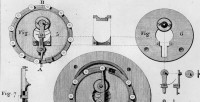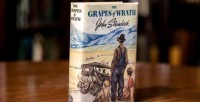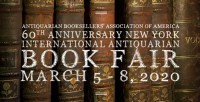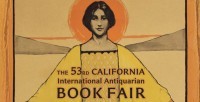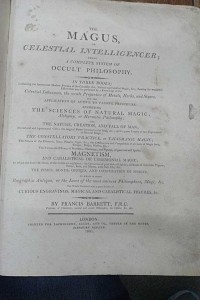
Stolen Austin, TX: THE MAGUS or Celestial Intelligencer Being a Complete System of Occult Philosophy
By Susan BenneThe following item has been reported stolen from Half Priced Books - Anderson Mill in Austin, TX. THE MAGUS or Celestial Intelligencer Being a Complete System of Occult Philosophy Description: First Edition. Very scarce 1801 First Edition of one of the primary sources of ceremonial magic. For a long time it was one of the most rare and sought-after grimoires of the 19th century. Lacks Frontis (Portrait of Barrett). All hand-colored plates depicting gargoyle-like portraits of demons conjured up in ritual magic ceremonies. One fold-out chart as well as numerous other charts and tables. . Published by London: Lackington, Allen & Co.,"Temple of the Muses," Finsbury Square Good Condition. In our Anderson Mill store.Dimensions: Item Format: Hardback Condition: Used - Good Format: Hardback Listing Date: 01/29/2020 Online Since: 2020-01-29 18:15 Last Updated: 2021-03-19 20:01 Catalogued: 2021-03-19 20:10 Please contact Victoria Lawson at 57online@halfpricebooks.com or 512-335-5759 with any information. [more Stolen Austin, TX: THE MAGUS or Celestial Intelligencer Being a Complete System of Occult Philosophy]



